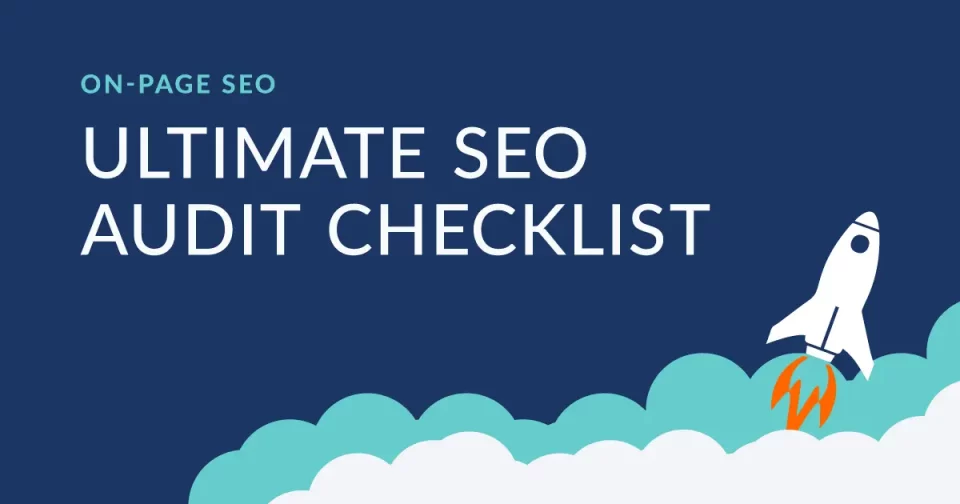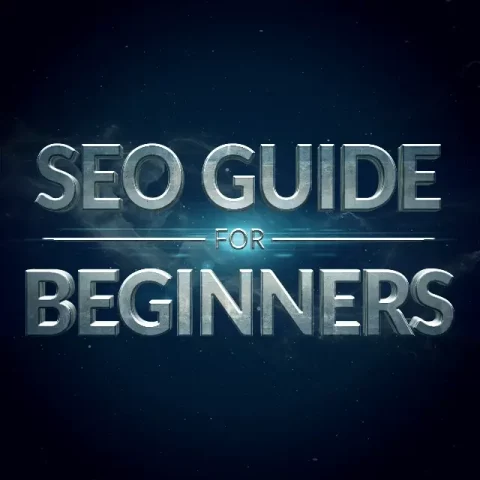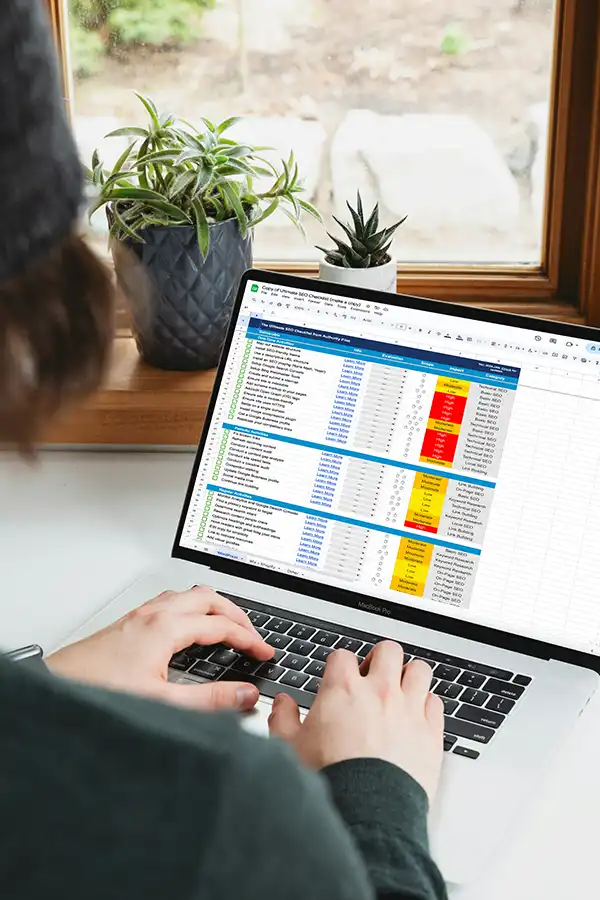
Think of your website as a high performance sailboat sailing through the vast ocean of the internet. Only the best optimized crafts have a chance at winning the race, sailing to the top of search engine results. An SEO audit guides you in the right direction, helping you identify any leaks, cracks, or loose ends that might be slowing down your voyage. In this article, we will provide you with the ultimate SEO audit checklist to ensure your website is seaworthy and ready to conquer the digital waves. So, grab your captain’s hat, and let’s set sail on this SEO adventure!

Introduction
Definition of SEO Audit
An SEO audit is a comprehensive evaluation of a website’s search engine optimization elements. It involves analyzing various aspects of a website, including its technical setup, on-page optimization, off-page factors, and content quality. The primary goal of an SEO audit is to identify areas that require improvement and develop an actionable plan to enhance a website’s visibility in search engine results.
Importance of SEO Audit
Conducting regular SEO audits is crucial for maintaining a website’s search engine visibility and performance. An audit allows you to identify and address any issues that might negatively impact your website’s rankings. By performing an SEO audit, you can ensure that your website adheres to the best practices recommended by search engines, improves user experience, and maximizes organic traffic.
Preparing for an SEO Audit Checklist
Before diving into the audit process, it’s essential to establish clear goals and objectives for your website. Define what you want to achieve through SEO and outline the key performance indicators (KPIs) that will help you track your progress. Additionally, ensure that you have the necessary analytics and monitoring tools in place to gather accurate data throughout the audit.
Technical SEO Audit
A robust technical foundation is essential for optimal website performance and search engine rankings. In this section, we will cover the key areas to evaluate during a technical SEO audit.
Evaluate the structure and organization of your website. Ensure that it follows a logical hierarchy, allowing users and search engines to navigate easily. Check for broken links, orphan pages, and excessive redirects, as these can negatively impact user experience and crawlability.
URL Structure and Canonicalization
Review your website’s URLs and ensure they are descriptive, concise, and search engine-friendly. Implement canonical tags to avoid duplicate content issues, especially for e-commerce websites with product variations or pagination.
Page Speed and Mobile Optimization
Page speed is a critical factor for both user experience and search engine rankings. Use tools like Google PageSpeed Insights to evaluate your website’s loading speed and identify opportunities for improvement. Additionally, make sure your website is fully optimized for mobile devices, as mobile-friendliness is now a crucial ranking factor.
XML Sitemaps and Robots.txt
Check if your website has an XML sitemap in place and submit it to search engines for better crawlability. Ensure that your robots.txt file is correctly configured to guide search engine crawlers and prevent indexing of irrelevant or sensitive pages.
Schema Markup and Structured Data
Implement schema markup to provide search engines with structured data about your website’s content. This can enhance the visibility of your website in search results and increase the chances of obtaining rich snippets, such as star ratings, reviews, and event details.
On-Page SEO Audit
Optimizing individual web pages for specific keywords and relevancy is crucial for improving search engine rankings. Here are the key elements to focus on during an on-page SEO audit.
Keyword Research and Optimization
Perform thorough keyword research to identify relevant keywords with high search volume and low competition. Optimize your website’s content by incorporating these keywords naturally into titles, headings, meta descriptions, and body text.
Title Tags and Meta Descriptions
Review the title tags and meta descriptions of your web pages. Ensure they are compelling, concise, and accurately represent the content of each page. Include relevant keywords strategically while maintaining readability.
Header Tags and Content Structure
Use header tags (H1, H2, H3, etc.) to structure your content logically and improve its readability. Break down your content into sections and sub-sections, making it easier for both users and search engines to understand the context.
Internal and External Linking
Evaluate your internal linking structure and ensure it facilitates easy navigation between related pages. Incorporate relevant anchor text while linking to other pages within your website. Additionally, focus on acquiring high-quality external backlinks to improve your website’s authority and visibility. Authority Pilot provides on-demand Link Outreach and Link Insertions services to boost your website’s credibility and ranking potential. For more information, check out our article Link Building Strategy Guide and Link Outreach vs. Link Building Strategies to help determine which option is right for you.
Image Optimization
Optimize your website’s images by using descriptive filenames and alt tags that include relevant keywords. Optimization also includes image compression to reduce file sizes without compromising quality, improving page load times. TIP: WebP is a superhero image format that packs smaller file sizes without compromising on image quality, making your website faster and more efficient. Try using a free image conversion tool such as CloudConvert.
Off-Page SEO Audit
Off-page factors, such as backlinks and social media presence, can significantly impact your website’s search engine rankings. Here’s what you should assess during an off-page SEO audit.
Backlink Profile Analysis
Analyze your website’s backlink profile to identify potentially toxic or spammy links. Disavow or remove such links to prevent them from negatively affecting your website’s credibility and rankings. Focus on acquiring high-quality backlinks from authoritative and relevant websites. If you need a hand, Authority Pilot’s Link Outreach service allows you to determine a desired domain authority (DA) strength from DA20 to DA50.
Social Media Presence and Engagement
Evaluate your social media presence and engagement levels. Consistently posting high-quality content and actively engaging with your audience on social media platforms can increase brand visibility and drive traffic to your website.
Local SEO Factors
For businesses targeting local audiences, evaluate your local SEO efforts. Ensure your website has accurate and up-to-date information, such as your business address, phone number, and opening hours. Register your website with online directories and review platforms to improve local visibility. We have a Business Listings service that is perfect for this and will save you heaps of time from doing the manual entry yourself.
Content Audit
High-quality content is the foundation of successful SEO. Conduct a thorough content audit to ensure your website’s content aligns with search intent and provides value to your audience.
Content Relevance and Quality
Evaluate the relevance and quality of your website’s content. Ensure it addresses users’ search queries, provides comprehensive information, and is free of grammatical errors or plagiarism. Remove or update outdated and irrelevant content.
Keyword Usage and Optimization
Review the usage of keywords within your content. Avoid keyword stuffing and focus on natural incorporation of relevant keywords. Update your content to reflect current trends with keyword research and user search behavior.
Duplicate Content Issues
Check for duplicate content issues within your website and across external sources. Implement canonical tags, 301 redirects, or use the “noindex” meta tag to consolidate duplicate content and prevent search engine penalties.
User Experience and Engagement
Evaluate user experience factors such as page layout, readability, and multimedia usage. Ensure your website’s design is visually appealing, mobile-friendly, and encourages user engagement, leading to longer session durations and reduced bounce rates.
SEO Audit Tools and Resources
Of course, the ultimate SEO audit checklist wouldn’t be complete without sharing tools and resources that can assist in conducting an SEO audit efficiently. Here are some essential ones to consider.
Google Search Console
Utilize Google Search Console to monitor your website’s performance, identify indexing issues, and gather valuable insights about search queries, click-through rates, and backlinks.
Google Analytics
Leverage Google Analytics to track website traffic, user behavior, conversion rates, and other vital metrics. Use this data to identify areas of improvement and make data-driven decisions during your SEO audit.
SEO Audit Tools and Software
Explore various SEO audit tools and software available in the market, such as SEMrush, Moz, Ahrefs, and Screaming Frog. These tools provide in-depth analysis, site crawls, keyword research, and other valuable features to streamline your SEO audit process.
Conclusion
Performing a comprehensive SEO audit is crucial for maintaining and improving your website’s search engine visibility. By following this Ultimate SEO Audit Checklist, you can identify areas of improvement, optimize your website’s performance, and enhance its overall visibility in search engine results. Remember to conduct regular audits and stay updated with the latest SEO and content marketing best practices to stay ahead of the competition and maximize organic traffic.















